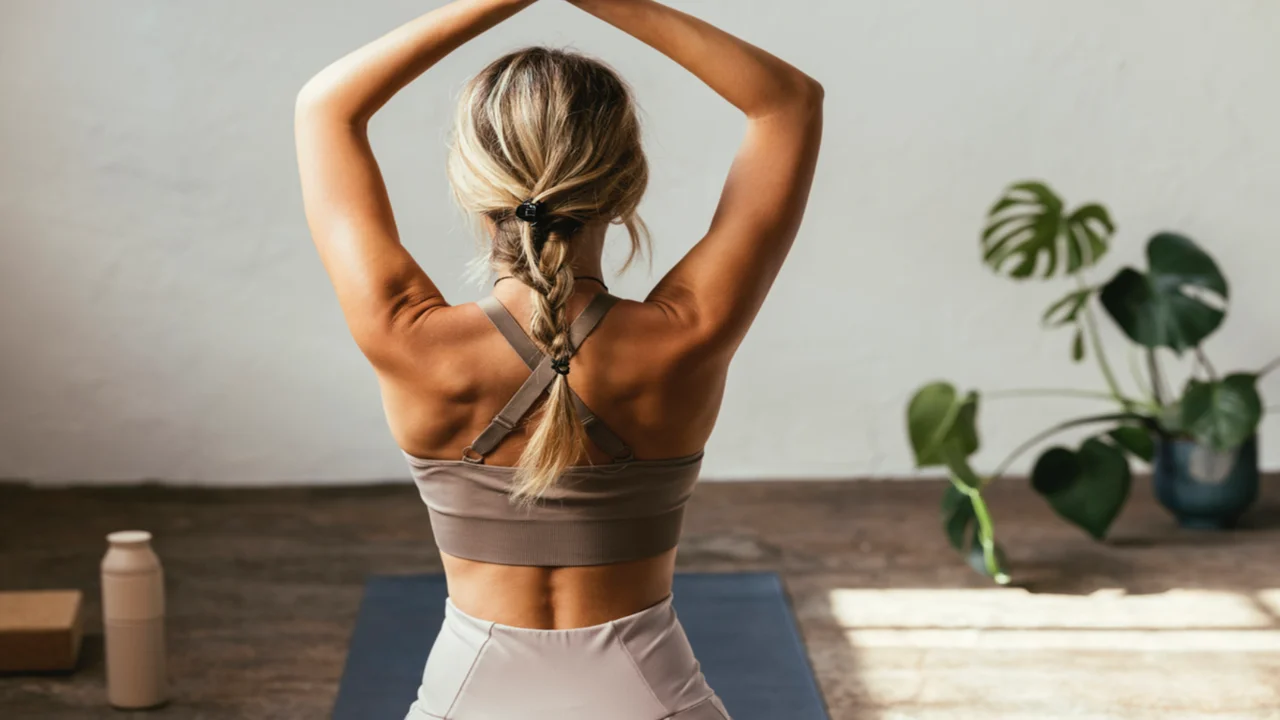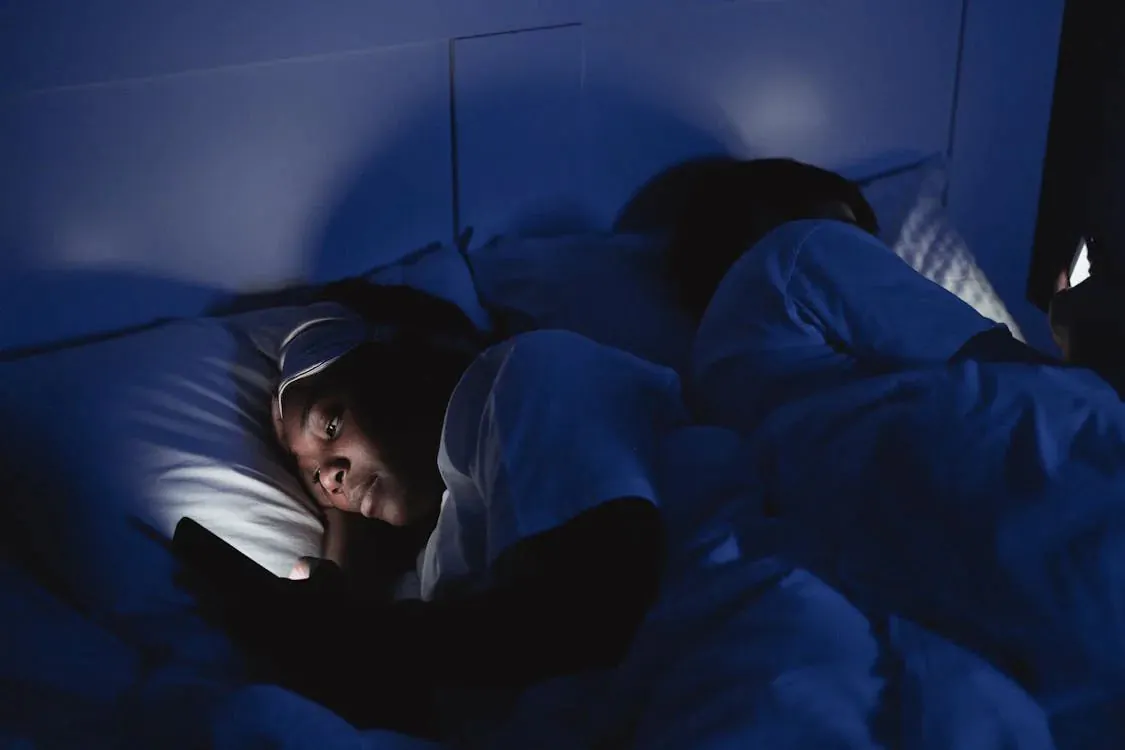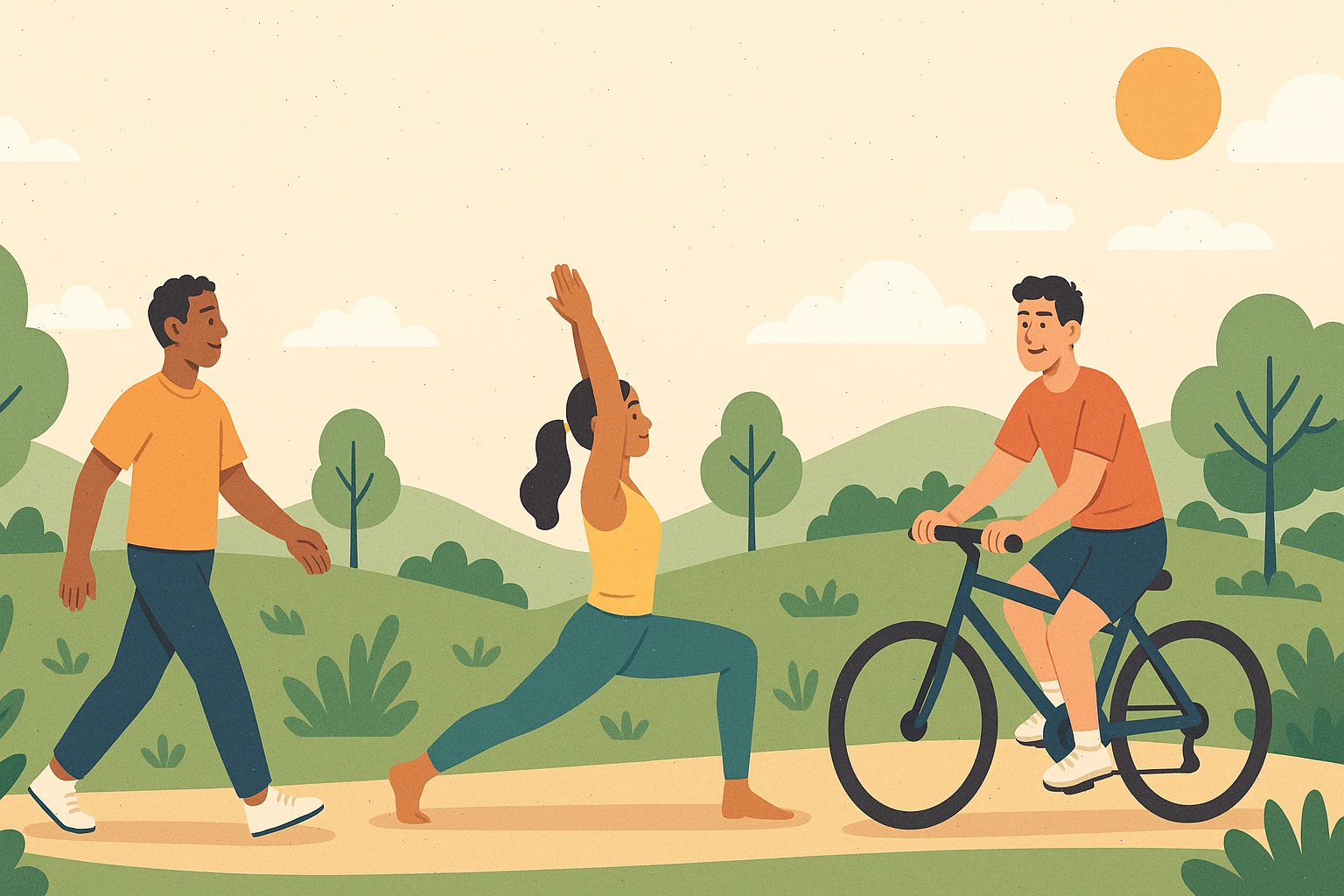Posture is a skill. You train it like strength or language: short daily reps, clear cues, slow upgrades. Use this plan to build an upright, low-pain default.
Awareness First
Quick self-tests
- Wall test: Heels, glutes, upper back, and head touch the wall. Hand fits between wall and low back. If not, adjust pelvis and ribs.
- String cue: Imagine a string lifting the crown of your head. Neck lengthens, chin tucks a few millimeters.
Feedback you’ll actually use
- Set two phone alarms (11:30 and 15:30): “Stack ribs over pelvis.”
- Record a 10-second side video at desk and while walking. Compare weekly.
- Place a small sticker on the monitor bezel. Every glance = posture reset.
Build the “Posture System”
Core and trunk control
- Front plank 3×20–45 s. Ribs down, glutes on, breathing steady.
- Side plank 3×15–30 s/side. Keep hips stacked.
- Dead bug 2–3×8–10 slow reps. Low back stays “heavy” on the floor.
Hips and spine mechanics
- Hip hinge drill 3×10 with a dowel along head–back–sacrum. Learn to bend at hips, not spine.
- Thoracic extensions over a foam roller 60–90 s total.
Upper back and shoulders
- Row (band/dumbbell) 3×8–12. Elbows track ~30–45° from body.
- Face pull or Y-T-W raises 2–3×10–12 to train scapular control.
- External rotations 2–3×12–15 with a light band.
Mobility that matters
- Doorway pec stretch 2×30–45 s.
- Neck glide and nods 1–2 min gentle reps.
- Optional: short yoga or Pilates block for breathing and alignment.
Prioritize clean reps over heavier loads.
Daily Habits That Stick
Walking form
- Eyes level. Chin slightly tucked. Arms swing freely. Think “tall through the crown.”
Standing form
- Weight on mid-foot, knees soft. Pelvis neutral. Ribcage stacked over pelvis.
- Micro-reset: inhale 4, exhale 6, grow tall on the exhale.
Lifting and carrying
- Hinge at hips and knees. Keep the load close. Exhale on the effort.
Shoes
- Stable everyday shoes. Reserve heels for short, planned use.
Desk setup
- Screen at eye height. Keyboard close. Hips slightly above knees. Feet flat or on a footrest.
- Break rule: 1–2 minutes of movement every 30–45 minutes. Stand, walk, or do 10 scap squeezes.
Psychology and Cues
Make posture automatic
- Tie posture resets to triggers you already have: calls, emails sent, doorways.
- Track one metric for 2 weeks: minutes upright at desk or number of resets.
Micro-rewards
- After each focused block, 30 seconds of shoulder circles or a short walk.
Tools and When to Seek Help
Braces and gadgets
- Use as reminders, not crutches. Limit to short windows while you re-train muscles. Pair with the plan above.
See a professional if
- Pain is sharp, persistent, or radiating.
- Posture limits daily tasks. A clinician or physical therapist can assess mobility, strength, and workload, then tailor progressions.
A 7-Day Primer
Day 1–2
- Wall test + desk check. Plank 3×20 s, row 3×10, pec stretch 2×30 s.
Day 3–4
- Add side planks 3×20 s/side, hip hinge 3×10, thoracic extensions 60 s.
Day 5
- Dead bug 3×8 slow reps. Face pulls 3×12. Two posture alarms.
Day 6
- Light walk with “string cue” focus for 15 minutes. Doorway stretch.
Day 7
- Re-record desk and walk videos. Compare to Day 1. Adjust loads or durations by +10–15% if reps are clean.
Expectations
Timelines
- Feel change in 1–2 weeks.
- Visible change in 4–8 weeks with consistency.
- Maintenance is lighter: 10–15 minutes most days.
Non-negotiables
- Sleep 7–9 hours.
- Daily movement.
- Regular breaks from static positions.
Use the structure. Keep reps honest. Small daily work wins.



